Are you struggling to keep up with the latest tennis equipment and technology? Do you feel overwhelmed by the countless options available in the market? You’re not alone. Many tennis players, from beginners to pros, find it challenging to navigate the ever-changing world of tennis gear.
Imagine stepping onto the court with outdated equipment, feeling like you’re at a disadvantage before the match even begins. Your opponents seem to have racquets that give them more power and control, while you’re stuck with a racquet that feels heavy and unresponsive. It’s frustrating, isn’t it? You might even feel like you’re not playing to your full potential because of your gear.
But what if you could have access to cutting-edge tennis technology that could transform your game? What if you could find the perfect racquet, shoes, and accessories tailored to your playing style? Good news – you can! In this ultimate guide to tennis equipment and technology, we’ll explore everything from the evolution of tennis rackets to smart technology in modern tennis. We’ll dive into customization options, innovative materials, and training tools that can take your game to the next level. Get ready to discover the game-changing gear that will revolutionize your tennis experience and help you play your best game yet.
Table of Contents
The Evolution of Tennis Rackets
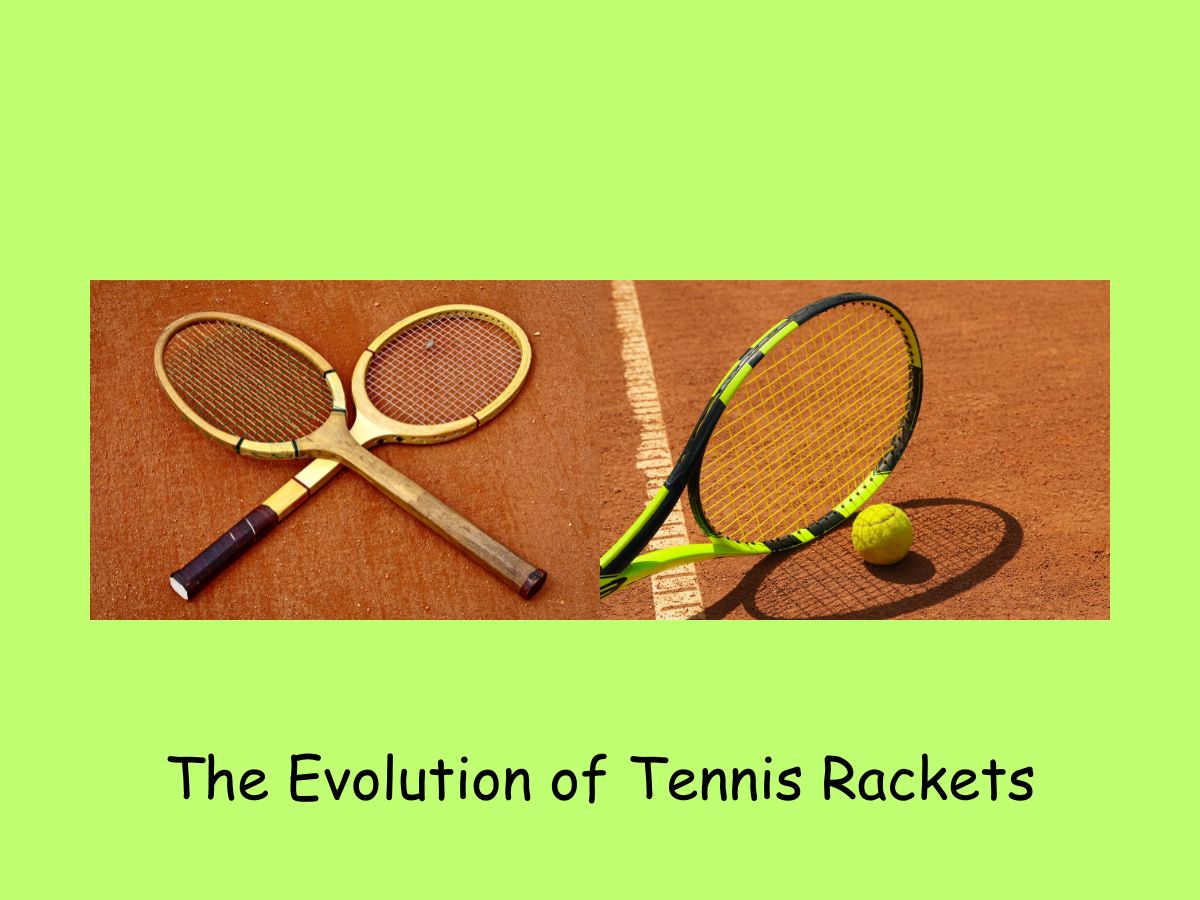
Tennis rackets have come a long way since the sport’s early days. In the 16th century, players used wooden paddles with long handles and oval heads for real tennis, an indoor game similar to modern tennis1. When lawn tennis emerged in the 1870s, racquets were made of solid wood wrapped with leather grips4. As the sport grew, manufacturers began using ash wood for its flexibility and toughness.
The 1960s marked a significant turning point in racquet design. Manufacturers introduced aluminum and steel frames, which were lighter and more durable than wood7. This change allowed players to generate more power and spin. However, the real game-changer came in the 1970s with the introduction of graphite racquets7. These racquets were both lightweight and strong, offering players enhanced control, power, and shock absorption.
Today’s tennis rackets are marvels of modern technology. They incorporate advanced materials like carbon fiber composites, graphene, and even hybrid materials that blend carbon fiber with substances like basalt and Kevlar9. These innovations have led to racquets that are more powerful, precise, and comfortable to use than ever before. The evolution of tennis rackets has not only improved player performance but also redefined playing styles throughout the history of the sport.
Smart Technology in Modern Tennis
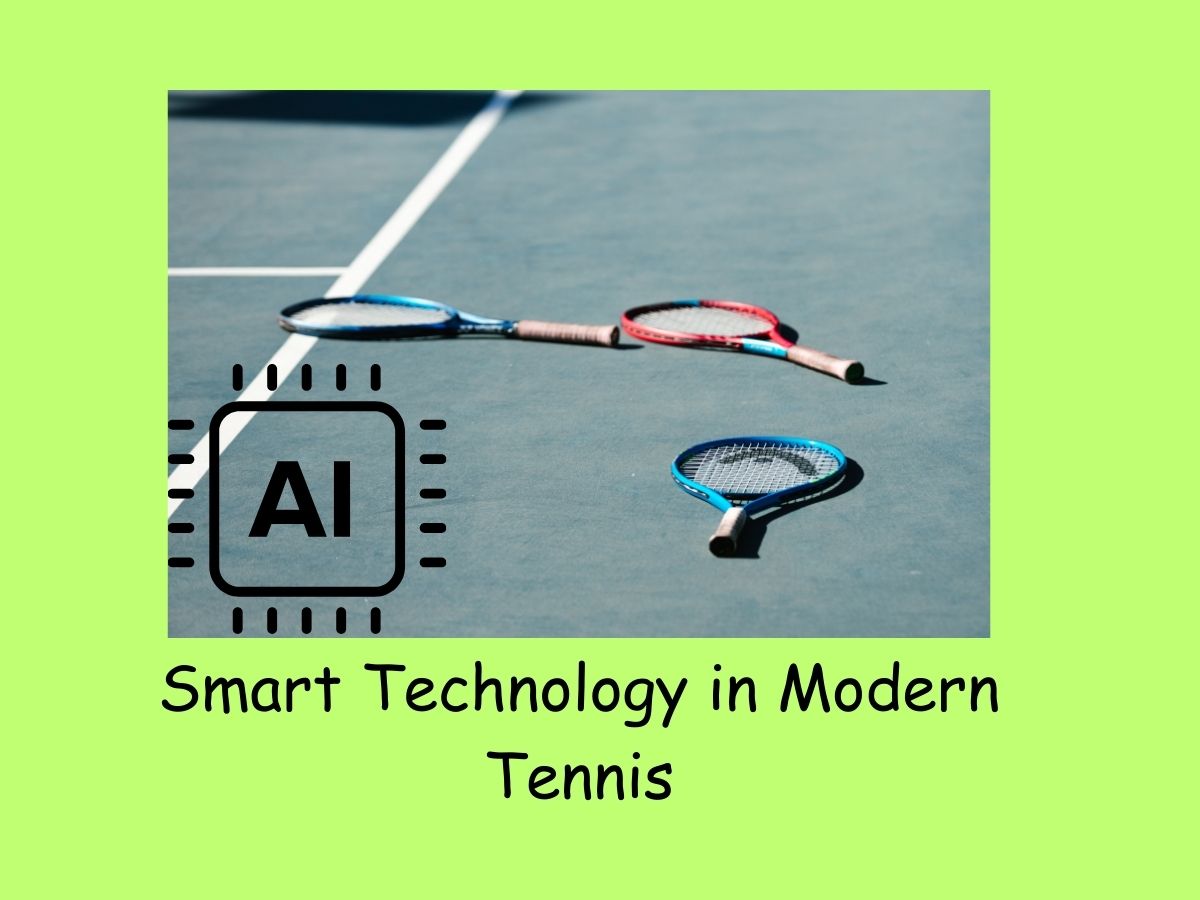
Smart technology has revolutionized the world of tennis, bringing a new level of precision and insight to the game. One of the most significant advancements is the development of smart court systems11. These systems provide real-time data, automated line calling, and advanced analytics, enhancing both player performance and spectator experience.
Artificial Intelligence (AI) and Machine Learning have also made their way into tennis2. These technologies are now used to analyze match patterns, predict player performance, and suggest strategic moves. Coaches can leverage AI-powered insights to develop effective game plans and improve their players’ skills. Additionally, the Internet of Things (IoT) has enabled the creation of smart courts equipped with sensors that capture a wide range of data, including ball speed, player positioning, and environmental conditions2.
Another exciting development is the introduction of smart racquets8. These innovative racquets come with sensors embedded in the handle that collect data on a player’s strokes, including shot type, ball speed, spin, and contact point. This technology allows for deeper analysis of a player’s technique, helping them identify areas for improvement and refine specific skills. Combined with wearable devices and performance monitoring gadgets, these smart technologies are transforming how players train and compete, ushering in a new era of data-driven tennis.
Customization: Tailoring Your Racket
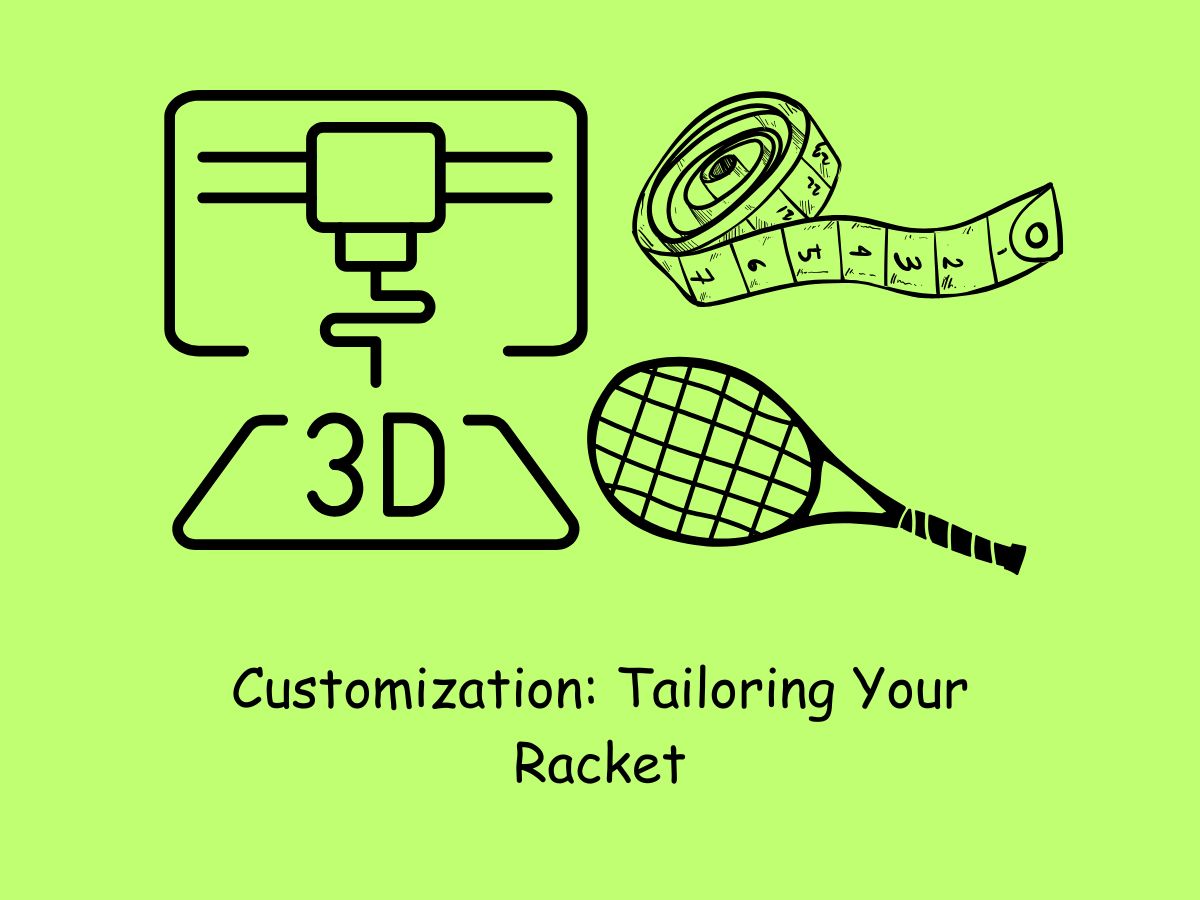
Customization has become a crucial aspect of modern tennis equipment, allowing players to fine-tune their racquets to match their unique playing styles and preferences. One exciting development in this area is the use of 3D printing technology6. This innovative approach enables manufacturers to create racquets with precise specifications, tailoring every aspect of the racquet’s design to suit individual players.
The ability to customize racquets goes beyond just shape and size. Advanced materials like graphene and carbon nanotubes are being used to create racquets that are lighter, stronger, and more responsive6. These materials allow for better weight distribution and improved stability, giving players more control over their shots. Some manufacturers are even experimenting with smart sensors embedded in racquets, providing real-time feedback on a player’s swing and helping them adjust their technique6.
Customization also extends to the strings and grips of the racquet. Players can now choose from a wide variety of string materials and tensions to achieve their desired level of power and control. Additionally, grip sizes and materials can be adjusted to ensure maximum comfort and performance. This level of personalization ensures that each player can have a racquet that feels like an extension of their arm, perfectly suited to their game.
Innovative Materials Reshaping the Game

Tennis rackets have come a long way thanks to new materials. One exciting development is the use of auxetic materials. Unlike regular materials, these get thicker when stretched and thinner when squashed. When added to racquets, they help absorb energy and reduce vibrations. This gives players better feedback and a better feel for their shots1.
Another big change is the use of graphene and advanced carbon fiber composites. Graphene is super strong and light, which allows for better weight distribution in racquets. This means players can hit with more power and control. Some companies are even mixing carbon fiber with materials like basalt and Kevlar. These combinations make racquets that are comfortable to use and can handle powerful shots10.
Looking to the future, we might see more eco-friendly materials in tennis rackets. Companies are starting to explore biodegradable composites and recycled materials. This is part of a bigger trend to make sports equipment more sustainable. These new materials could change how racquets are made and how they perform on the court10.
Training Tools and Accessories
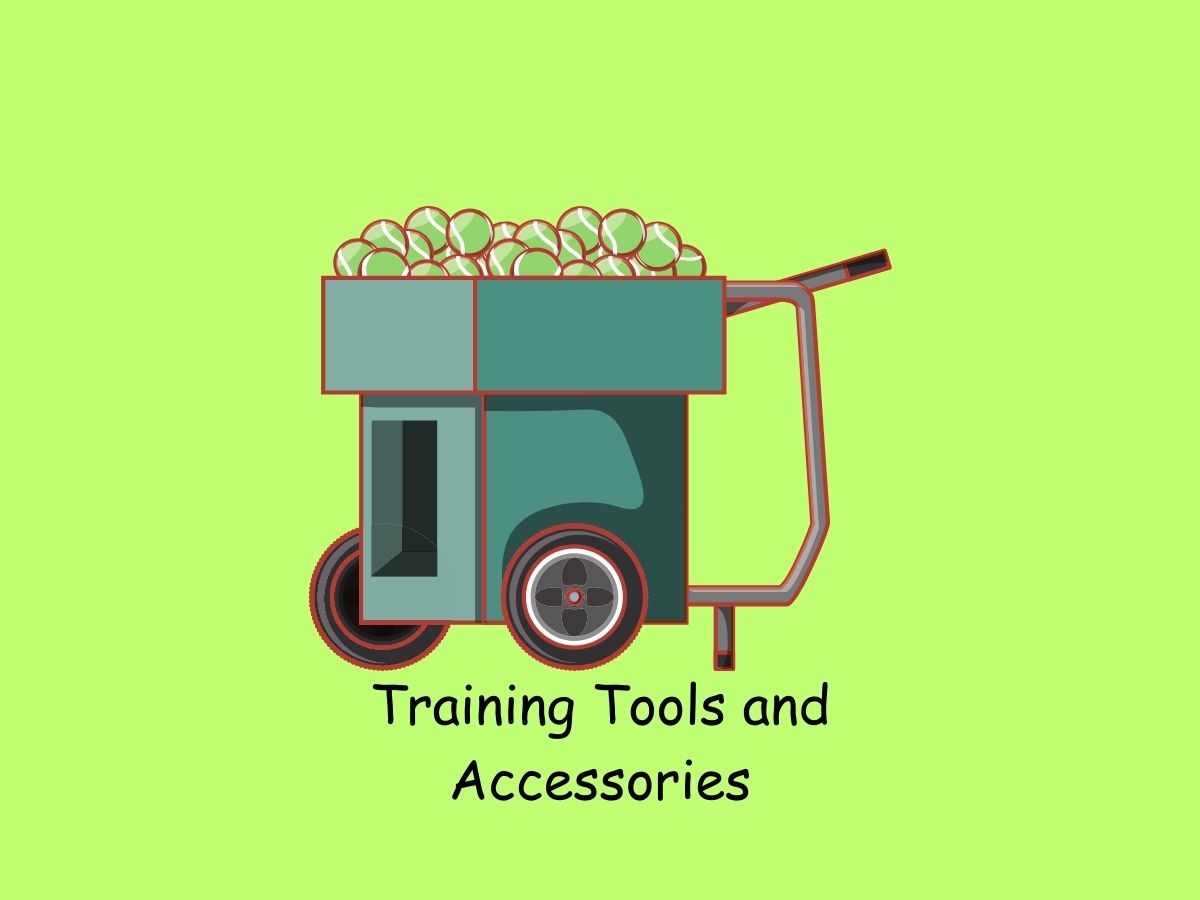
Tennis players now have access to a wide range of training tools and accessories to improve their game. One popular item is the tennis ball machine. These machines can be customized to replicate match scenarios, helping players practice different shots and situations. Ball hoppers are also useful for keeping courts tidy and organized during practice sessions58.
For improving speed and agility, there are special training products designed just for tennis. These tools help players work on their footwork, reaction time, and overall fitness. Coaches can also use various teaching aids to make lessons more interesting and effective. For example, there are balance balls and medicine balls that can be used for different exercises58.
One of the most important training tools is the tennis ball itself. Coaches use different types of balls for different purposes. Pressureless tennis balls are great for beginners and last longer than regular balls. For young players, there are special “Play & Stay” balls that come in different stages. These help kids gradually get used to playing with real tennis balls2.
The Impact of Technology on Playing Styles
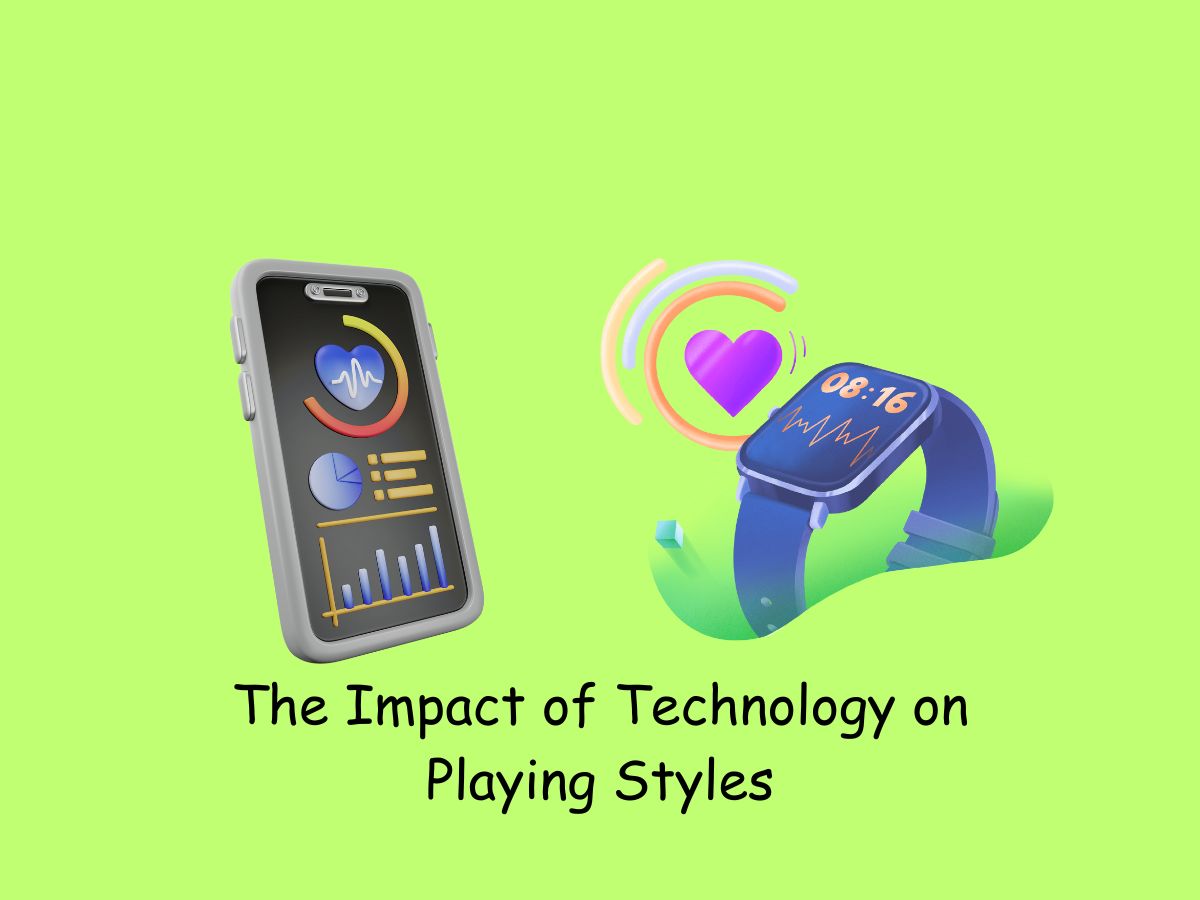
Technology has dramatically changed how tennis is played and how players train. Smart racquets with built-in sensors are now available. These racquets can collect data on things like shot type, ball speed, spin, and where the ball hits the racquet. This information helps players and coaches analyze techniques and improve specific skills3.
Wearable devices are also becoming popular in tennis. These gadgets can track things like heart rate, sleep patterns, and stress levels. This data helps players and coaches create better training plans that improve performance and reduce the risk of injuries. Some players even use virtual reality (VR) to practice. VR can create realistic match situations, allowing players to work on their reactions and decision-making without the physical strain of actual matches3.
Advanced analytics are changing how players approach the game. Coaches and players can now use data to understand playing patterns and develop strategies. This has led to more precise and targeted training methods. As technology continues to advance, we might see even more changes in how tennis is played and taught. For example, AI-powered coaching systems could provide real-time advice during matches, further transforming the sport36.
Choosing the Right Equipment for Your Game
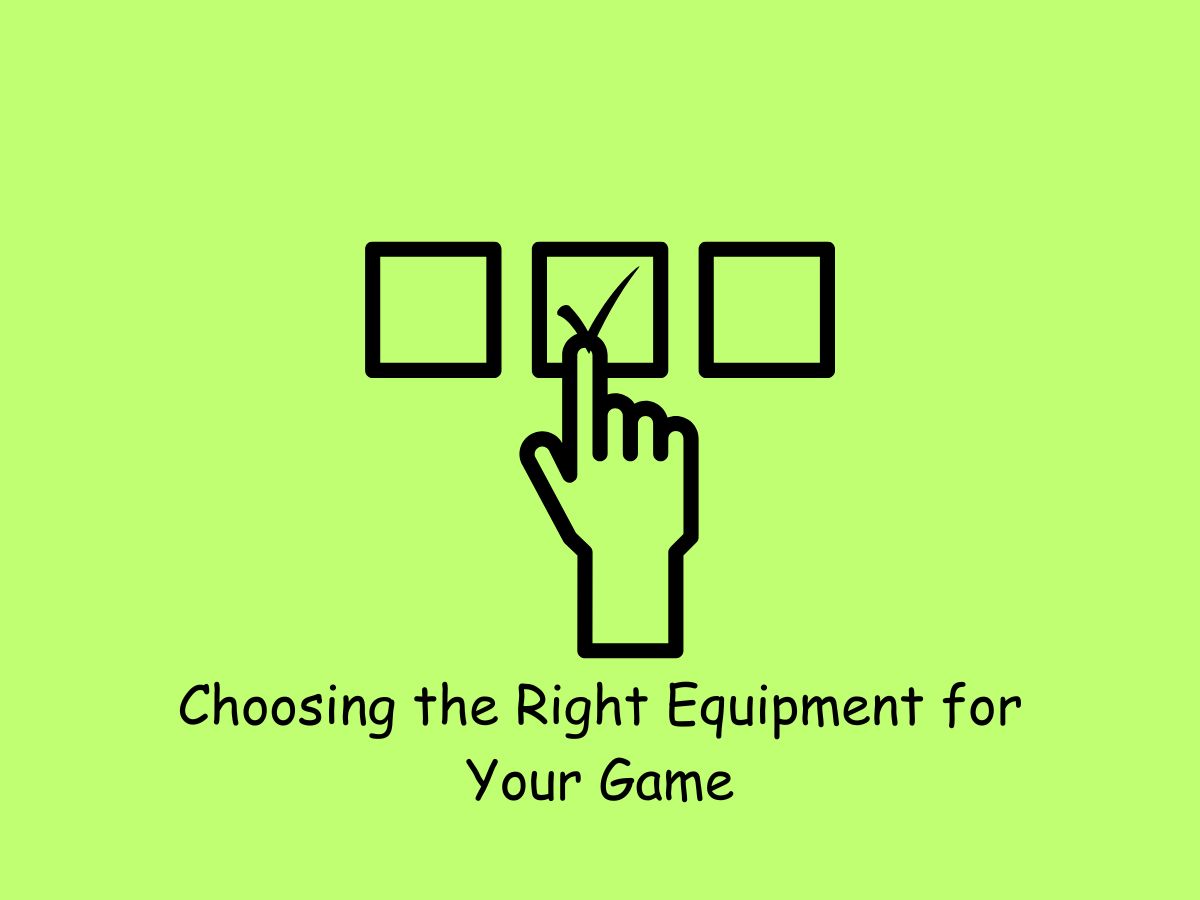
Picking the right tennis racket is key to improving your game. Your playing style, skill level, and physical attributes all matter when choosing a racquet. For beginners, a lightweight racquet with a larger head size is best. It helps you hit the ball more easily and gives you more power. As you get better, you can switch to racquets with smaller head sizes and more weight for better control13.
The weight of your racquet is also important. Lightweight racquets (8-9.5 oz) are easier to swing and good for beginners. Heavier racquets (10-12 oz) offer more stability and control, which advanced players prefer. If you’re not sure what’s best for you, try different racquets or ask a coach for advice13.
Remember, your racquet should match how you play. If you like to hit hard, look for a racquet that gives you more power. If you prefer control, choose one that helps with accuracy. All-court players might want a racquet that balances power and control. Take time to find the right fit, and don’t be afraid to try different options before making a choice13.
Tennis Shoes: More Than Just Footwear

Tennis shoes are crucial for your performance and safety on the court. Unlike regular sneakers, tennis shoes are designed specifically for the quick side-to-side movements and sudden stops common in tennis. They provide better stability, support, and traction, which can help prevent injuries and improve your game.
When choosing tennis shoes, consider the type of court you play on most often. Different soles are designed for different surfaces – clay, grass, or hard courts. The upper part of the shoe should be breathable and offer good support. Look for shoes with reinforced areas in high-wear spots, as tennis can be tough on footwear.
Comfort is key when it comes to tennis shoes. Make sure they fit well and have good cushioning to absorb shock. Some players prefer shoes with more ankle support, while others like a lower-cut design for more freedom of movement. Try on several pairs and walk around in them to find the best fit for your feet and playing style.
The Future of Tennis Technology

The future of tennis is looking high-tech and exciting. Smart courts are becoming a reality, with sensors that track things like ball speed, spin, and where the ball lands. This technology can help players and coaches analyze performance and improve strategies. Some courts even have AI-powered systems that can give real-time advice during practice28.
Racquets are getting smarter too. New racquets have sensors built into the handle that can measure how you hit the ball, including speed, spin, and where the ball hits the strings. This data can help players understand their game better and work on specific skills. As this technology improves, we might see even more advanced features in future racquets28.
Virtual and augmented reality are also changing how people watch and play tennis. Fans might soon be able to feel like they’re right on the court during big matches. For players, VR could offer new ways to practice and improve without even stepping onto a real court. These technologies, along with improvements in training tools and equipment materials, are set to make tennis more exciting and accessible for players and fans alike8.
Conclusion
Alright, you’ve got the inside scoop on leveling up your tennis game with the right gear and tech. Now it’s time to put this knowledge into action! Experiment with different racquets, try out new shoes, and see how smart tech can boost your skills. Don’t be afraid to step outside your comfort zone and discover what works best for you. The court is calling, and it’s waiting for you to bring your A-game! If any questions pop up while you’re on this exciting journey, shoot me an email at jaiden@jaidensmedia.com. I’m here to help you make the most of your tennis experience!
FAQs
What was tennis like in the 16th century?
In the 16th century, players used wooden paddles with long handles and oval heads for real tennis, an indoor game similar to modern tennis.
How did the introduction of aluminum and steel frames impact racquet design?
The aluminum and steel frames are lighter and more durable than wood. This change allowed players to generate more power and spin.
How can AI and Machine Learning be used in tennis?
AI and Machine Learning are used to analyze match patterns, predict player performance, and suggest strategic moves.
How does 3D printing technology help customize racquets?
This innovative approach enables manufacturers to create racquets with precise specifications, tailoring every aspect of the racquet’s design to suit individual players.
What are auxetic materials, and how are they used in tennis rackets?
Auxetic materials get thicker when stretched and thinner when squashed. When added to racquets, they help absorb energy and reduce vibrations.
How do tennis ball machines help players improve?
These machines can be customized to replicate match scenarios, helping players practice different shots and situations.
How do smart racquets help players improve their skills?
These rackets collect data on things like shot type, ball speed, spin, and where the ball hits the racquet. This information helps players and coaches analyze techniques and improve specific skills.
What should beginners consider when choosing a tennis racket?
For beginners, a lightweight racquet with a larger head size is best. It helps you hit the ball more easily and gives you more power.
Why are tennis shoes important?
Tennis shoes are designed specifically for the quick side-to-side movements and sudden stops common in tennis. They provide better stability, support, and traction, which can help prevent injuries and improve your game.
How are virtual and augmented reality changing tennis?
Fans might soon be able to feel like they’re right on the court during big matches. For players, VR could offer new ways to practice and improve without even stepping onto a real court.
